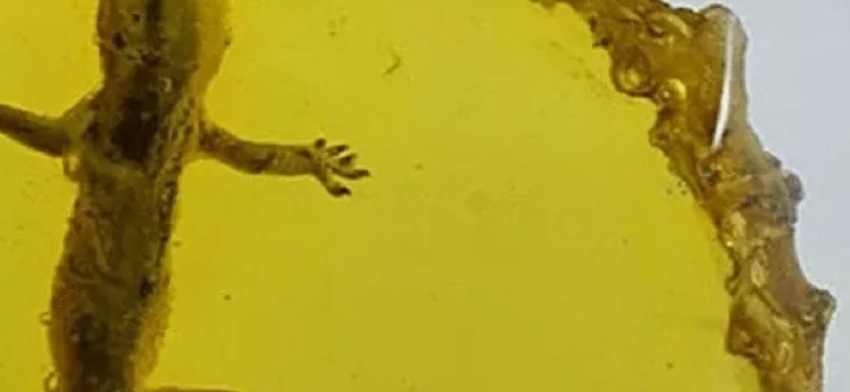Gecko is a common small reptile, which is widely loved by people for its unique shape and adaptability. In recent years, the preparation and research of gecko specimens have attracted wide attention from biology lovers and researchers. These small creatures not only play an important role in the ecosystem, but also possess unique biological characteristics.
The gecko's body is usually flat in shape and its back is covered with a variety of scales, giving it good camouflage in its habitat. Most geckos have long and flexible tails, and when confronted by predators, they are able to quickly shed their tails and escape danger. The tail is not only a tool for self-defense, but also an important part of its balance and movement. The ability of geckos to crawl on vertical surfaces such as walls and ceilings is mainly due to the special structure of their feet. Geckos have tiny hair-like structures on their toes that can easily attach to smooth surfaces, allowing them to move freely through complex environments.
In the production process of gecko specimens, scientists often use high-quality materials and techniques to preserve them in good condition. This is not only to show the unique beauty of geckos, but also to conduct scientific research and education. By observing the external characteristics and internal structure of geckos, researchers can gain insight into their physiological mechanisms, ecological habits and evolutionary processes. Specimens can also help people realize the importance of ecological balance and remind people to pay attention to the protection of these tiny but indispensable creatures in their daily lives.
In addition, gecko specimens also play an important role in the field of education. Many schools and institutions display gecko specimens to stimulate students' curiosity and curiosity, and promote their learning and exploration of natural science.




